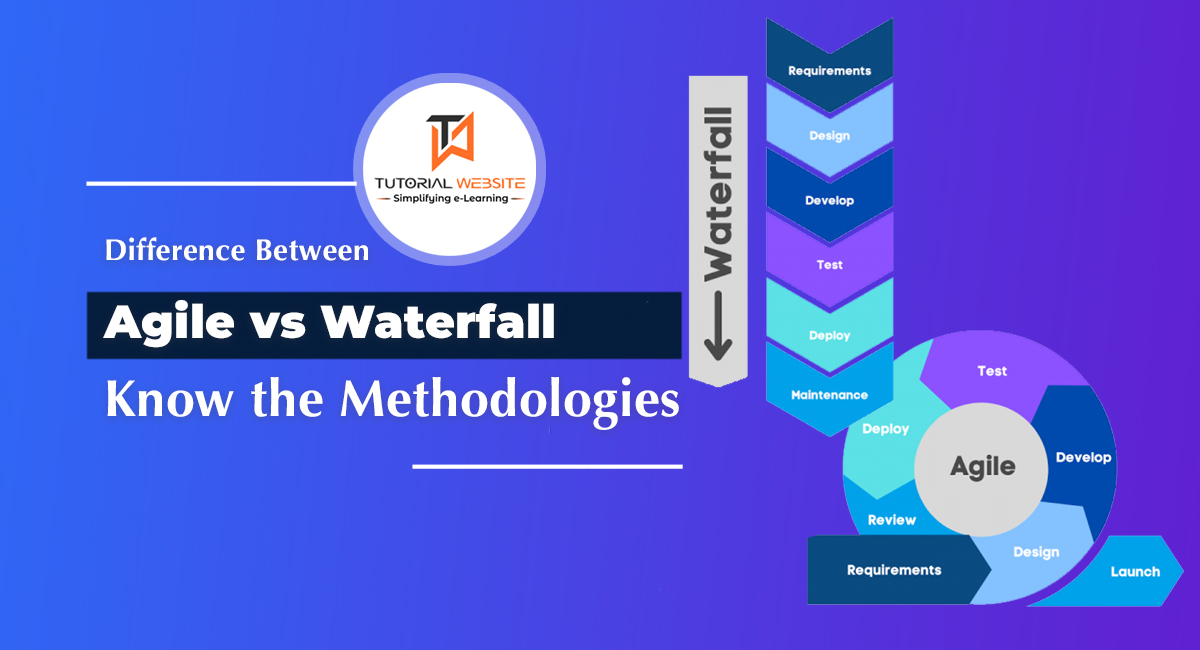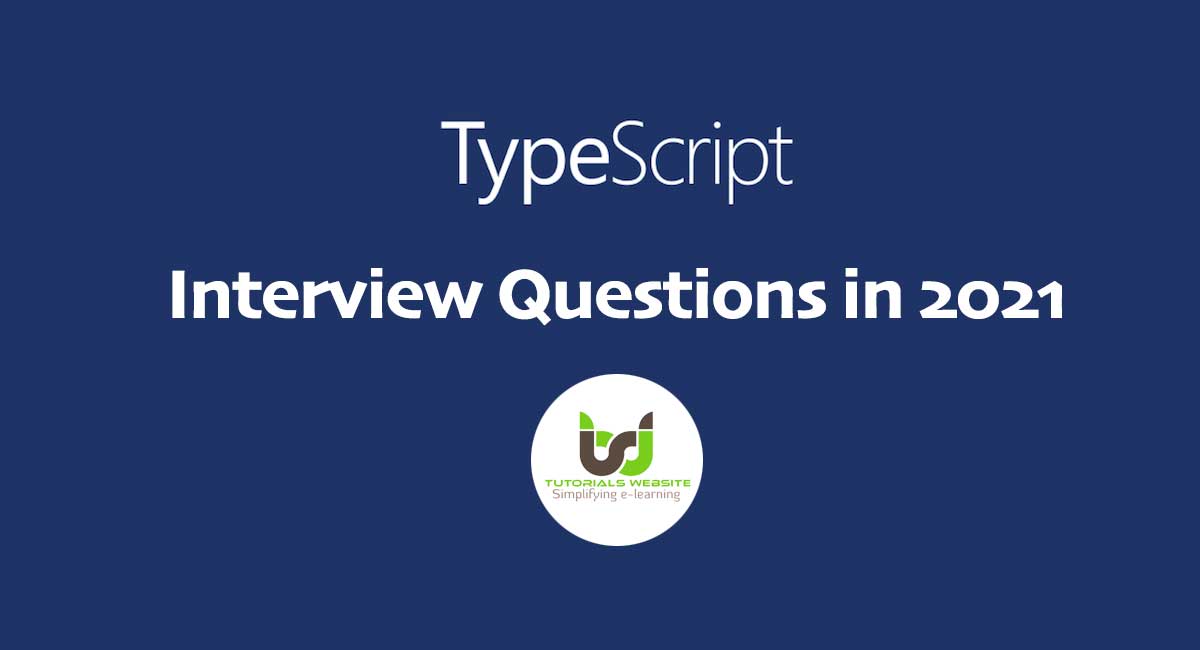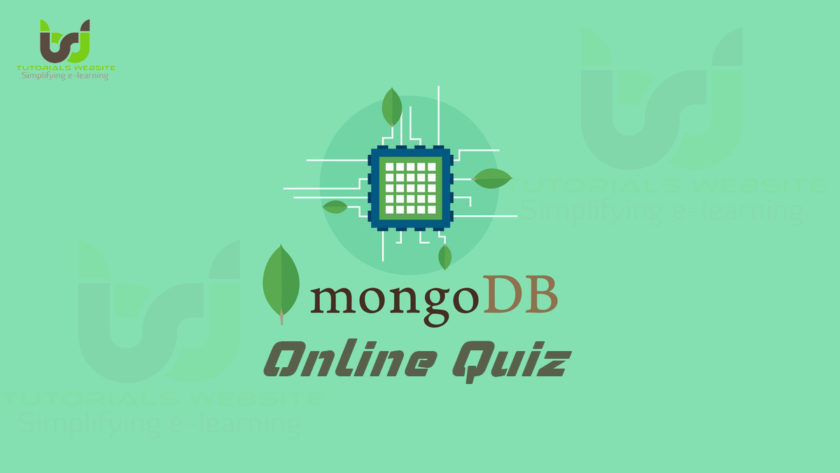The main difference between Agile vs Waterfall is that Agile methodology is a continuous and iterative approach that aids in the software development process, while the waterfall model is one of the easiest, simple, and most traditional models that follows the sequential-linear approach to software development.
Before we start any development project, one of the most important decisions to make is how to approach the project as a team. This can be a challenging task due to two major development methodologies at play as it helps to determine how the actual task of a project is managed and operated. To maintain the quality of results, it is important that software projects opt for the best and most well-defined methodologies. An SDLC summarizes stages and the orderly change from one phase to another.
Suggested Read: The Ever-changing Lifecycle of JavaScript Frameworks
You can find a variety of SDLC models followed during the software development phase where each of these models follows a set poh unique phases to its type to achieve success in the step of software development. But for those who’re looking for effective development strategies, Agile and waterfall methodologies are the two widely used and popular methods for project development. Both these software development approaches are reliable and help you to serve the same purpose and complete the project in the least time possible in entirely different ways.
Agile and waterfall methodologies are the two most popular software development methodologies to software development and project management. The major difference between agile and waterfall is that agile projects are entirely iteratively in a cycle whereas waterfall projects are completed sequentially. To ease your task and help you choose the right one for you, we’re here to discuss the two main software development methodologies Agile vs Waterfall.
Before we move ahead, let us first know what exactly agile and waterfall methodologies means. So without any further ado, let’s get started!
What is Agile Project Management?
Agile methodology is a continuous and iterative approach that aids in the software development process. Basically, it follows the incremental-iterative approach where the project is divided into chunks which includes collaboration between various stakeholders of the project. In each of these iterations, a deliverable is created, tested, and then presented to the client.
This development methodology encourages continuous interaction during the development of any project. Agile is one of the best practices that help continuous iteration of development and testing when it comes to developing software. In this model, developing and testing activities are concurrent and allow developers, testers, managers, and consumers to interact more.
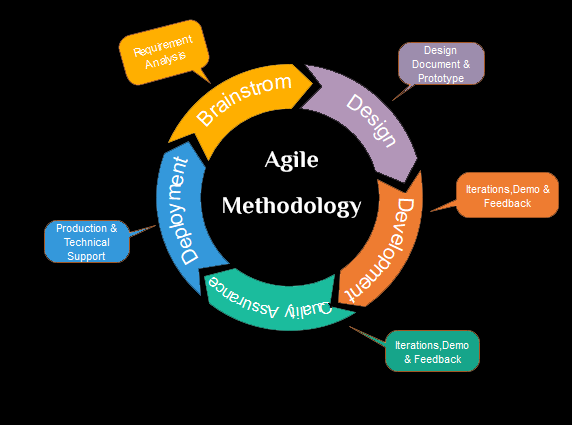
What is Waterfall Project Management?
The waterfall model is one of the easiest, simple, and most traditional models that follows the sequential-linear approach of software development. Each phase involved in the waterfall model has specific deliverables and a review process that fits smaller-size projects where the project requirements are easily understandable.
In this development methodology, all the software development activities are divided into various phases such as requirement gathering and analysis, implementation, system design, testing, deployment, and lastly maintenance. All these phases included in the waterfall model are performed sequentially. Here the development team moves to the next phase only if the previous phase is successfully completed.
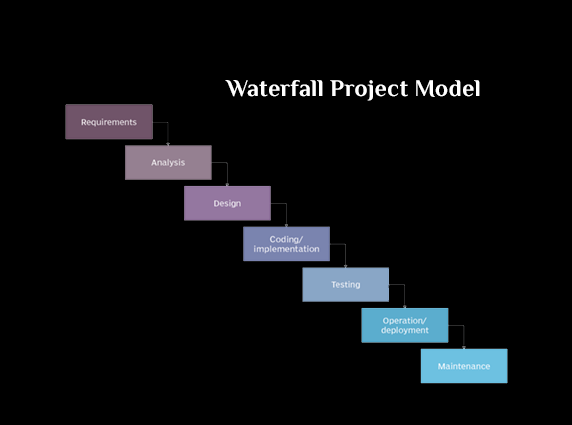
Advantages of the Agile model
1. Faster time-to-market
Products that are based on the agile methodology always end up getting shipped faster. This happens due to task prioritization in Agile. During the product designing phase, the development team has the ability to divide the end product into smaller chunks which reduces the number of essential functionalities you expected to have for your product during the time of product launch for the sake of delivering a better-tested product in the least time possible.
2. Higher client satisfaction
As we all know, transparency is maintained in the Agile model and it has faster time-to-market as compared to other software development methodologies. Apart from that, it has better client-vendor communication, and it responds quickly to the changing market demands which significantly impacts overall client satisfaction and helps businesses to achieve their goals in the least time possible.
3. Eliminate risks
Agile is not only popular for its flexibility and change management but it also helps to reduce the risk of the framework. Yes, you heard it right! The agile model helps you to eliminate major risks by making sure that everyone is on the same page. Due to this, anyone can discuss any changes made in the project and resolve them quickly because as we discussed earlier agile reviews the test plan after each sprint. This is the main reason why agile is more effective as compared to other traditional teams.
4. Testing and superior quality outcomes
Another great benefit of the agile model is that testing is performed after each sprint is created. This means that the project’s quality is improved. Also, project managers make sure that the client and team are on the same page throughout the software development process so that client can always know what is being currently developed and how it will be after the development phase. If there are any changes, the client can immediately give feedback and issues can be addressed at an initial stage. We know that an agile environment is based on feedback and evaluation which also applies to the communication between the developers and allows them to detect bugs and optimize code quickly without affecting the product’s quality.
Advantages of the Waterfall Model
1. Uses clear structure
The waterfall model, when compared with the Agile model, focuses on having a defined structure. The structure of a waterfall is simple and each project goes through several phases such as requirements gathering, documentation, testing, deployment, system design, implementation, and maintenance. These are the steps that a development team must complete before moving on to the next one so that issues can be brought up right away and are less likely to get pushed aside in the end.
2. Transfers information well
The waterfall model follows a simple and sequential approach so there is no doubt that it emphasizes a clean transfer of information at each step. When it is applied to a software setting, each step includes a new group which might not be the case at your company but still makes sure to aim to document information throughout the software development lifecycle.
3. Defines the goals at an initial stage
One of the most descriptive phases of Waterfall methodology is engaging an end product or deliverable at an initial stage, and development teams should eliminate deviating from the commitment. Smaller teams must be aware of the goals that they want to achieve before they start the development phase. Unlike Scrum, where the project is divided into sprints, Waterfall focuses on the end goal and reduces the risk of getting bogged down.
4. Reinforces good testing habits
The waterfall methodology uses an outlined strategy in every stage of development so the testing steps receive prior planning before it is implemented. This allows the development team to structure their practices into the solution before starting any task. It creates an organized approach to a step that strengthens good habits because it is important to complete every task before it is processed.
Difference between: Agile Vs Waterfall Methodologies
| Agile methodology | Waterfall methodology |
| Agile model follows the incremental and iterative approach. | Waterfall model follows the sequential and linear approach. |
| Agile divides the software development lifecycle into sprints. | Waterfall divides the software development lifecycle into phases. |
| In agile, after each sprint the test plan is reviewed. | In waterfall, review is done after the development phase. |
| As the agile model is iterative, product scaling can be done easily. | Product scaling in the waterfall model is hard as compared to agile. |
| It prefers small but highly dedicated teams with a degree of synchronization. | Team synchronization is limited. |
| Agile documentation is often neglected as the working prototype serves as the basis for customer evaluation. | It needs formalized documents. |
| Agile is known for its flexibility. | The waterfall is a structured software development model so sometimes it can be quite rigid. |
Key Takeaway
So that’s it for the blog. We hope you find this post helpful and after reading this you can surely choose the right software development model that suits your project requirements and helps you to gain success at an early stage. We have mentioned the main differences between agile and waterfall models so that you can wisely choose the one that suits your project.
It would be really appreciable if you share this post on Facebook or Twitter to reach more audiences. Also, if you still have any queries running in your head, please feel free to mention them in the comment section given below and we will get back to you soon.

Nidhi Maurya is a professional blogger and Content Writer who writes about a variety of topics related to his niche, including Web Tech, SEO, and digital marketing.

